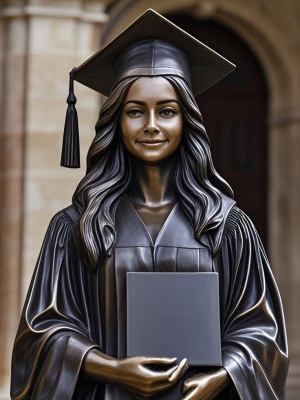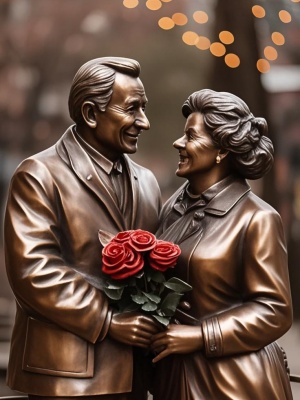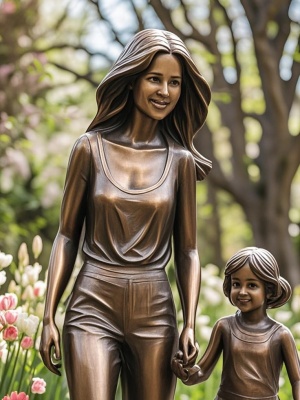The Art of Sculpture Photography: Capturing Three-Dimensional Masterpieces
Introduction: The Intersection of Sculpture and Photography
Sculpture photography is a specialized art form that bridges the gap between three-dimensional artworks and two-dimensional representations. Unlike traditional photography, capturing sculptures presents unique challenges in terms of lighting, perspective, and depth representation. Professional photographers often turn to sculpture photography to document artworks for galleries, museums, or private collections, while artists use it to showcase their creations in portfolios or online platforms like our gallery.
Key Challenges in Sculpture Photography
1. Lighting Difficulties
One of the primary challenges in sculpture photography is achieving proper lighting that reveals the artwork's texture and form without creating harsh shadows. Unlike flat subjects, sculptures interact with light dynamically from every angle. Professional photographers often use:
- Diffused lighting setups
- Multiple light sources
- Reflectors to fill shadows
- Natural light when possible
2. Perspective and Composition
Choosing the right viewpoint is crucial in sculpture photography. The photographer must decide whether to capture the entire artwork or focus on specific details. According to experts at The Getty Museum, the ideal approach often involves:

- Shooting from multiple angles
- Considering the sculpture's intended viewing perspective
- Maintaining proper proportions
- Including environmental context when appropriate
Technical Solutions for Better Sculpture Photos
1. Equipment Recommendations
Professional sculpture photographers recommend specific gear to overcome common challenges:
- DSLR or mirrorless cameras with high resolution
- Tripods for stability and precise framing
- Polarizing filters to reduce glare
- Macro lenses for detail shots
2. Post-Processing Techniques
Modern digital tools can enhance sculpture photography significantly. Techniques like those discussed in our AI photo restoration guide can be adapted for sculpture photography:
- Highlight and shadow recovery
- Perspective correction
- Texture enhancement
- Color accuracy adjustments
Creative Approaches to Sculpture Photography
Beyond technical documentation, sculpture photography can be highly creative. Some innovative approaches include:
- Abstract close-ups that transform the sculpture into new forms
- Incorporating human elements for scale and interaction
- Playing with shadows and silhouettes
- Seasonal or time-based variations

As demonstrated in resources from The Metropolitan Museum of Art, creative interpretation can bring new life to classical sculptures.
Conclusion: The Evolving Art of Sculpture Photography

Sculpture photography continues to evolve with technological advancements and creative vision. Whether for documentation, artistic expression, or commercial purposes, mastering this specialized form requires both technical skill and artistic sensitivity. As digital tools like those featured in our AI art guide become more sophisticated, the possibilities for innovative sculpture photography continue to expand.
For photographers looking to explore this field further, we recommend starting with simple subjects and gradually working up to more complex sculptures, experimenting with different lighting conditions and perspectives to develop a personal style that does justice to these three-dimensional masterpieces.